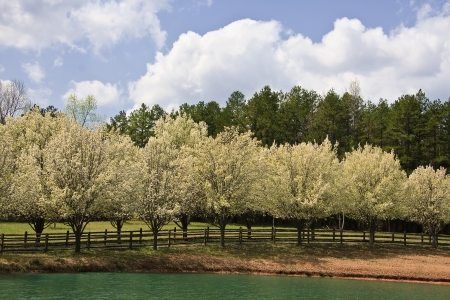Common Signs That Your Tree Is Dying
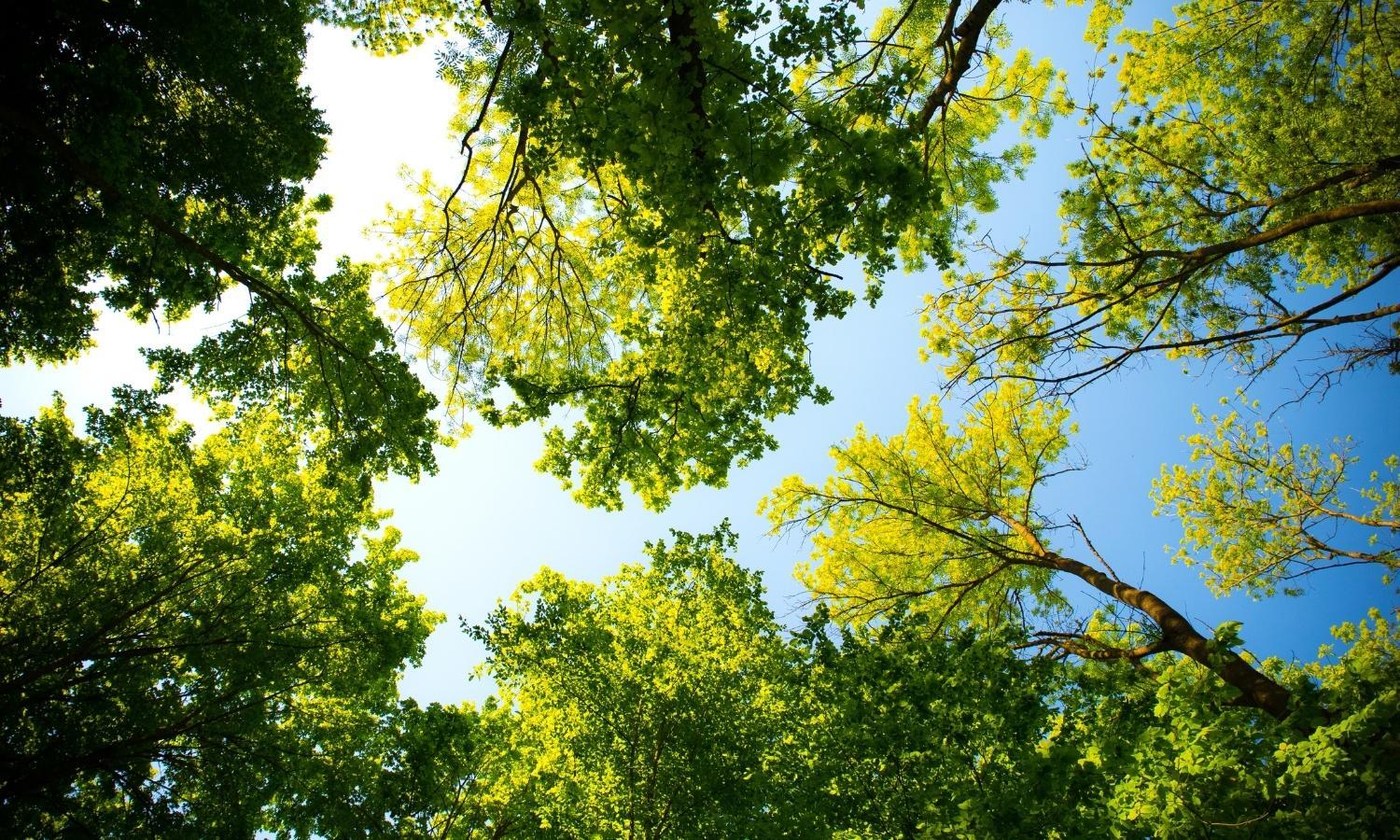
A large healthy tree can add a beautiful atmosphere to your home or property, but a dying tree can completely change that feeling. Most people don’t think about the health of their trees until there’s already a problem. Luckily, it may be possible to save your tree with proper care if you catch the problem fast enough. If you’re noticing problems with a tree on your property or you want to ensure that your trees are healthy, then Superior Arbor Management is here to discuss some common signs that your tree may be sick or dying.
Look at the Trunk
The next time you’re admiring a tree, take a closer look at its trunk. You may not realize it, but the trunk is one of the most important parts of the tree. Not only does it support the branches and leaves, but it also contains the tree’s vital organs. Because of this, examining the trunk can often be the fastest way to detect that your tree is having problems. Sick trees will often have large sections of missing or peeling bark. If you notice signs of rot, then it may already be too late, and your tree may need to be cut down by a professional tree removal company. Either way, it’s important to keep an eye on your tree’s trunk and take quick action when you notice signs of sickness.
Observe the Branches
A tree naturally looks different depending on the season, but if a tree is sick, then you may notice changes in the branches. A sick tree will often have dead branches that don’t produce new leaves or buds during Spring. You’ll likely notice these changes at the end of a branch first, and eventually, these branches may fall off the tree naturally. If you’re worried that one of the branches is dead (and you can reach it), try bending it a little to test its strength. A healthy branch should bend a little, while a dead branch will be brittle and might break immediately. It’s natural for a tree to occasionally have dead branches, but a sudden group of dead branches could indicate a larger problem.
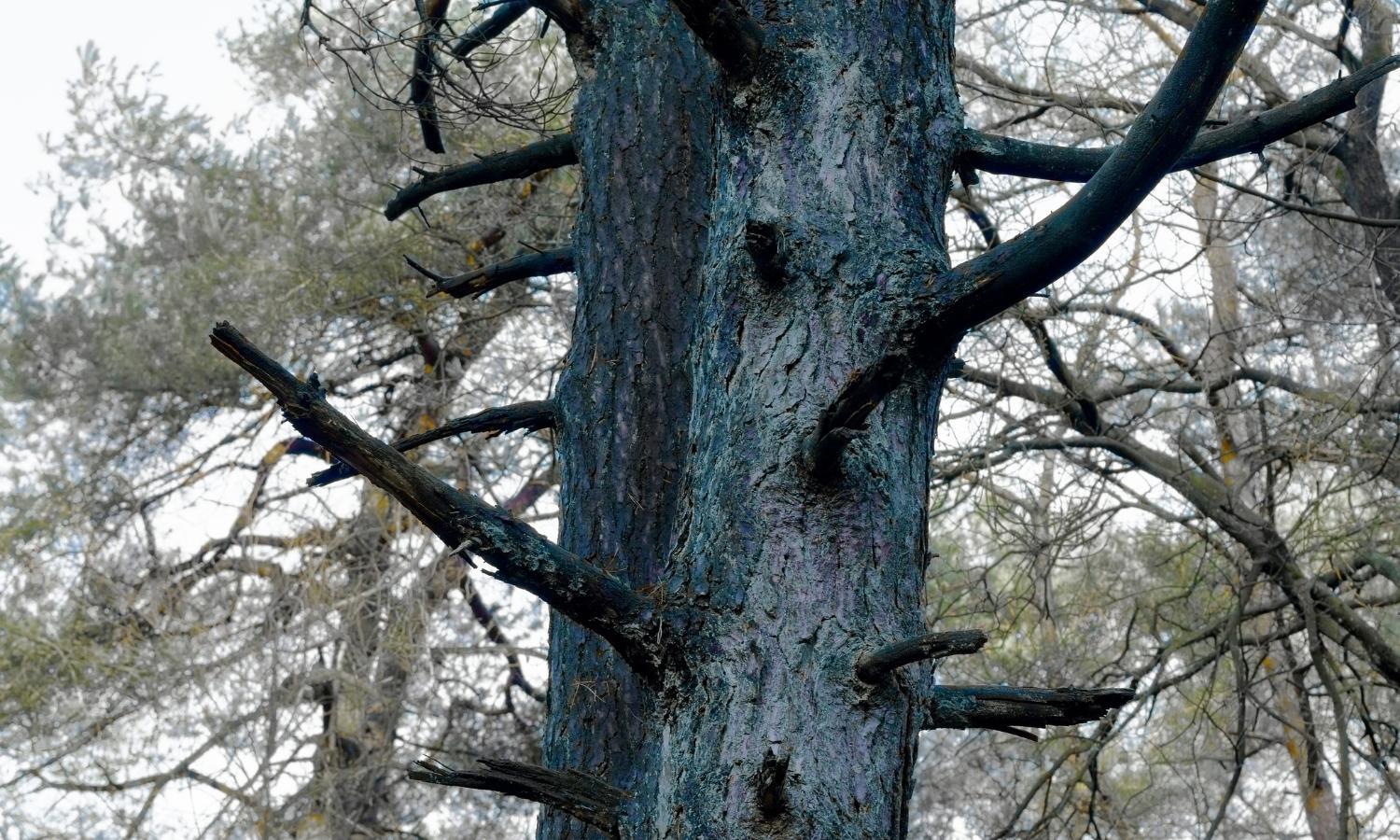
Check the Roots
The roots of a tree are not only an essential support system, they can also provide important clues about the tree’s overall health. If you notice mushrooms growing around the roots, then it could be a sign of rot, which may weaken the tree and make it more susceptible to damage. Another problem to search for is roots that have been lifted out of the ground. Exposed roots could destabilize the tree and make it more likely to fall. If you notice either of these problems, then it’s important to contact an ISA Certified Arborist to assess the situation and determine the best course of action. By taking these steps, you can help ensure that your tree remains healthy and stable for years to come.
See if the Tree is Leaning
Unbalanced trees are a serious cause of concern for any property owner. Not only are they unsightly, but they can also pose a serious safety hazard. If a large tree were to topple over, it could cause extensive damage to your property and/or injure people. There are several signs that a tree is becoming unbalanced and needs to be addressed. One of the most obvious signs is when the tree starts to lean to one side. Another red flag is when the tree’s growth patterns become abnormal - for example if the branches on one side start to grow significantly faster than the others. If you notice any of these warning signs, it’s important to have an arborist assess the situation as soon as possible. By taking action early, you can help to prevent a potentially dangerous situation from developing.
Check for Insects Around the Tree
Trees are an important part of the ecosystem since they provide food and shelter for many different creatures, including insects. However, when a tree is dying, it can become home to larger numbers of insects, which can hasten its demise. Bark beetles and ants are two of the most common insects found on dying trees. Bark beetles bore into the tree’s bark in order to lay their eggs, while ants often build their nests in the crevices of the trunk. Both of these insects can cause significant damage to a tree, and their presence is a good indicator that the tree is in trouble. If you see a large number of these insects around your tree, then it’s important to have a specialist examine the tree as soon as possible to prevent further damage.
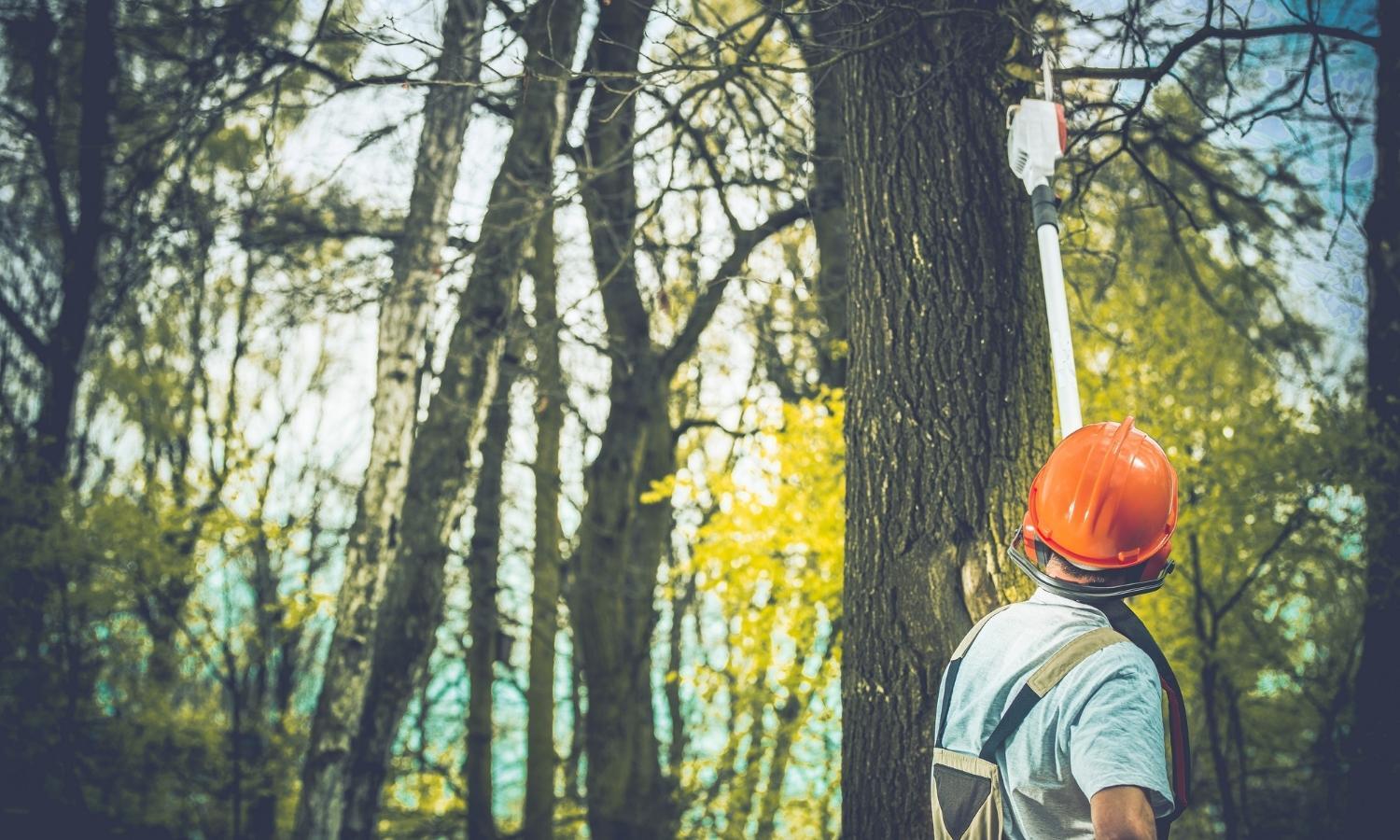
Contact Superior Arbor Management Today
If you think your tree may be dying, don’t hesitate to contact Superior Arbor Management. We’re a team of ISA Certified Arborists with years of experience dealing with sick and dying trees. We can provide a comprehensive assessment of your trees and recommend the best course of action to save your tree. We also provide a range of other tree services. From simple tree pruning to complex tree removals, we can handle any job you throw at us. To learn more about our services or to schedule a consultation, contact us today.
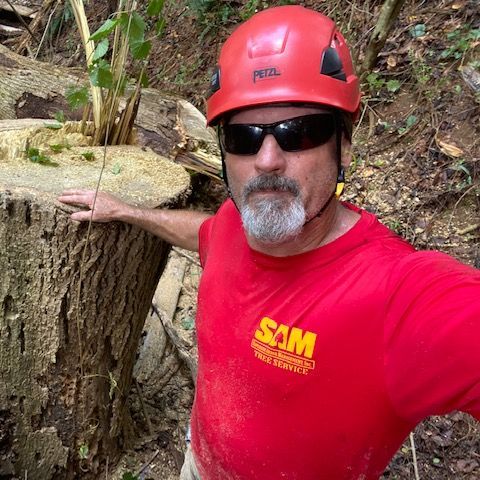
Tim Costley
Tim Costley is the President of Superior Arbor Management, Inc. He has achieved the ISA Arborist Certification to provide the best possible tree care for S.A.M.’s customers.
*ISA Certified Arborist #SO-1925A
*ISA Tree Risk Assessment Qualification (TRAQ)
*ASCA (American Society of Consulting Arborist) Member


